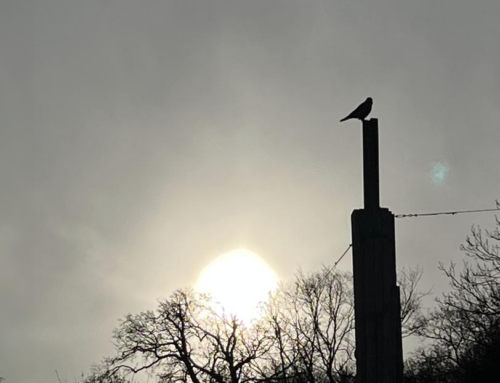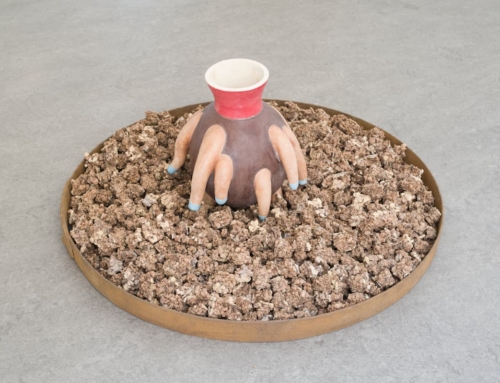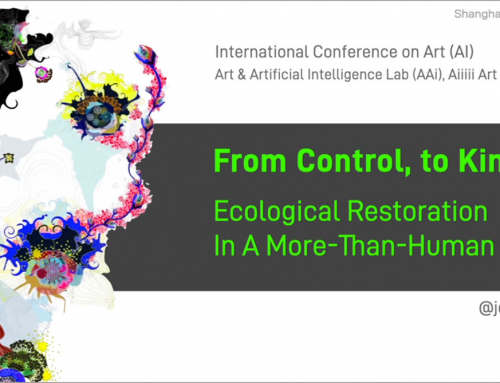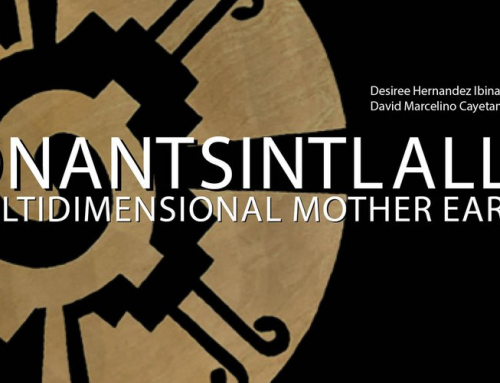I just got back from Oslo where their Architecture Triennial has opened. I participated in its main conference, Man Made Tomorrow and will report on that event soon. But ahead of the conference, Bjarne Ringstad, curator of the Triennial, asked me to reflect on how the role of such set-piece events might evolve to match the new challenges design is facing.
Here is what I sent him:
“We are facing an array of ‘wicked problems’ that are simultaneously complex, uncertain and urgent. We have to learn how to adapt to unpredictable and possibly catastrophic disruptions to climate, financial systems, and resource flows.
A single-vision, top down approach to design and planning simply does not work in the face of so much uncertainty.
The new watchword is ‘adaptive resilience’ – a condition in which society, its experts, and its citizens, must learn how to adapt to change continuously.
In this situation, the design focus needs to evolve from the delivery of of large-scale hard-wired solutions, towards a focus on resource ecologies, land-use, and time-use.
The primary design activity, in this context, is more a conversation than the production of a blueprint.
Biennials and triennials are important ways to start these new conversations. They can bring new groups of people together to imagine sustainable alternatives to the way we do things now – and then identify design actions, some of them small, that would bring these alternatives closer.
To start these conversations the content of a design biennial and the kinds of people participating, needs to change.
Rather than focus on design objects or on urban ‘visions’, the focus needs to be on how, in practical ways, we will re-design the systems, institutions and processes that shape our daily lives.
Sustainable development requires a system discontinuity in the way we produce, consume and socially interact. A biennial should represent – not resist – that discontinuity.
As an example, consider land-use.
Cities need to re-conceive themselves as elements of a bioregion in which human settlements co-exist with, and are wholly dependent on, natural systems as well as human communities.
Some enlightened cities, such as Toronto, have already started to put the interests of these natural assets ahead of traditional planning priorities such as transportation infrastructures.
The practical way to achieve this re-ordering of priorities is to put foodsheds, and watersheds at the top of the agenda. A biennial is a perfect place to begin this reordering.
Another example could be time values. Norway, for example, must soon decide whether to invest a large part of its oil revenue endowment in high-speed rail links between several cities.
A traditional biennial would focus on infrastructure, stations, and glamorous buildings. This made sense when the energy costs of a train system – and the loss of biodiversity involved in their construction – remained ‘off balance sheet’.
Now, however, the value of biodiversity and natural resources are beginning to appear in the ‘plus’ column of national accounts. A biennial would be a perfect context to discuss the relative value to society of speed, and biodiversity.
What would one see, and talk about, in such a biennial?
A first step would be to use a biennial as an excuse to make a fresh evaluation of the assets and resources are already there, in their territory.
(The boat belongs to the Norwegian architect Sami Rintala near their office in Bodø in Norway.
http://www.rintalaeggertsson.com/0.html
These assets can be hard or soft: natural assets – such as wind, or sun, with the potential to generate energy; materials, and the skills needed to use them; abandoned spaces with the potential to be re-purposed; food and systems.
These asset maps are needed to complement, at the least, those maps used by planners or economists that tend to focus on hard things, such as roads or buildings.
Sustainability asset maps would make natural biodiversity their starting point – with special emphasis on bioregions, foodsheds and watersheds.
In mapping such assets, it would be important to represent the interconnectedness and interdependence of systems.
This is where new creative design skills will be valuable – and on display.
New forms of representation are needed to communicate energy and nutrient cycles, or biodiversity – and to show the different ways that healthy social systems depend upon, and are intertwined with, healthy economies and ecosystems.
Connecting Locally
The next generation biennial will not be a spectacle, nor a place of entertainment and distraction from realty. It can be spectacular, and fun, but have a practical focus on real-world outcomes.
One such outcome is resource efficiency. A priority in design for sustainability is to make it easier to share resources – resources such as energy, matter, time, skill, software, space, or food.
Resource efficiency is a social process, not a technical one.
The identification of individuals and groups who are already out there, and active, is therefore key.
[This was the approach this writer took with Designs of the time (Dottt) in North East England (where he was programme director), and with City Eco Lab, the “nomadic market” of projects from St Etienne region produced for the city’s Design Biennale].
In these kinds of event, community projects are developed with people from the region in response to two questions: ‘what might life in a sustainable world be like?’ and, ‘how can design help us get there?’
When presented in a biennial context, their focus is on connecting people to new people, and helping them learn from each other’s other experience.
This connecting is itself a form of innovation.
Every city-region needs a market place in which people can present grassroots projects, exchange experiences, and involve fellow citizens in ever larger numbers as participants in these experiments.
The search for Net Zero Impact solutions, and the creation of interesting social alternatives, can be as exciting and engaging as the buzz of new technology used to be.
By keeping the question open – by conceiving the biennial as a place for conversation and creation – energy and commitment can remain positive and productive.






